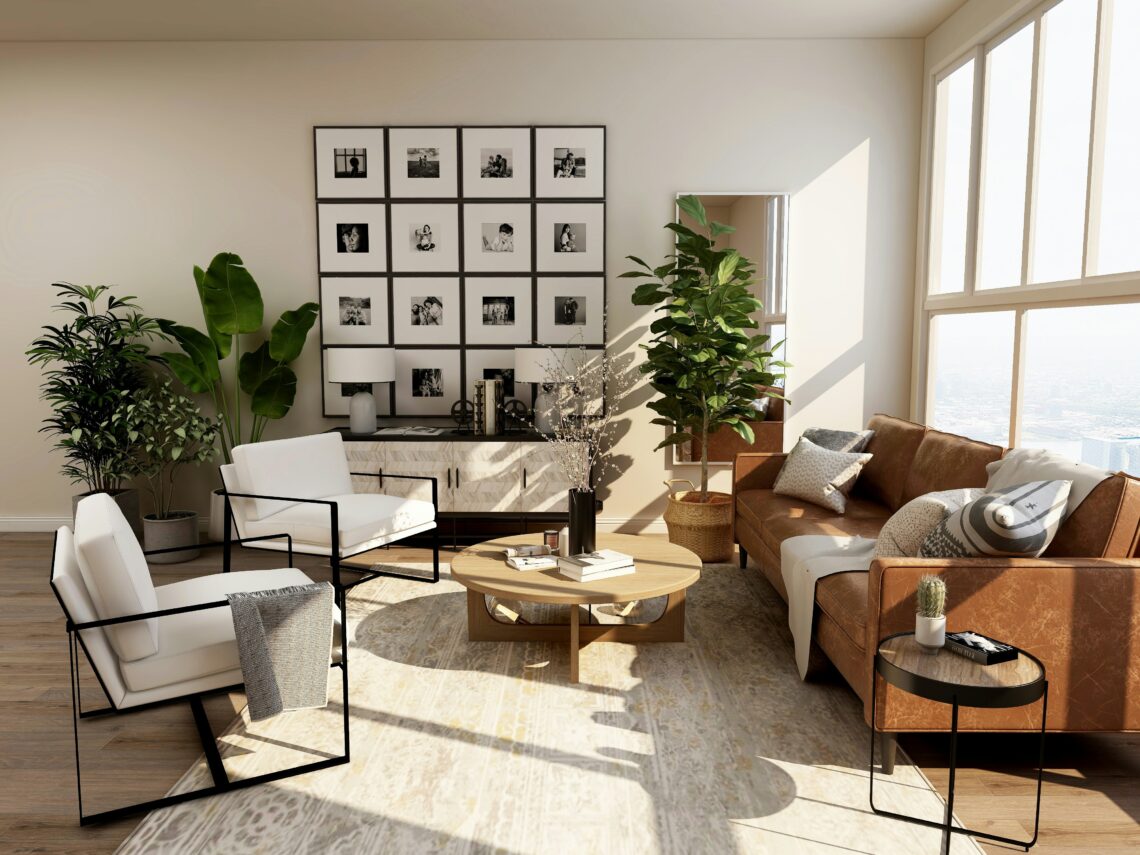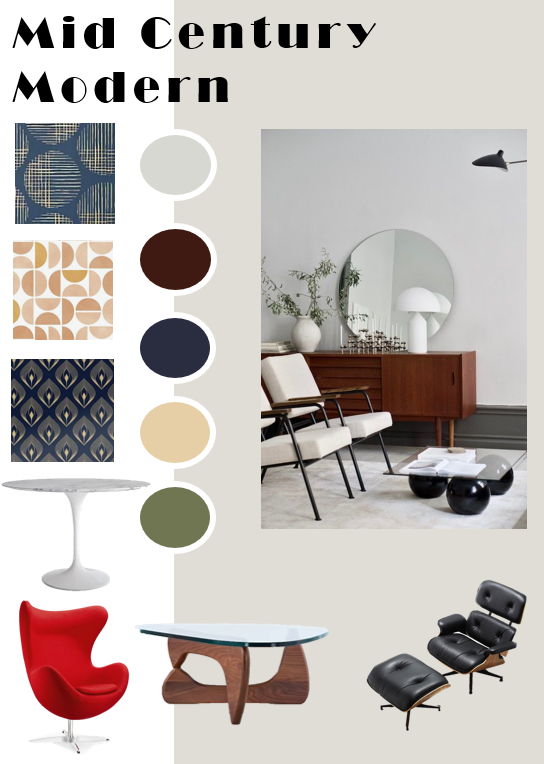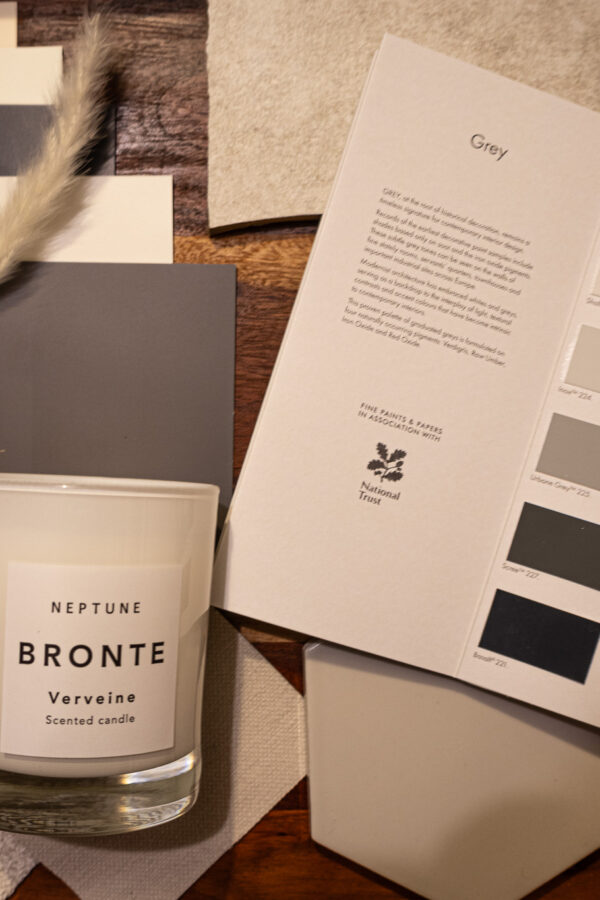
Repetition Will Add Cohesion to Your Home
Repetition is a key design principle. It’s important to follow, whether you are a seasoned designer or just starting. In this article, I am exploring helpful tips and tricks to achieve the cohesive look we all desire. Subtle connections are a common thread that ties the home into a cohesive design. Repeating elements of design across the space achieves a balanced design. Let’s look at which elements we should focus on.
1. Cohesive Colour Palette
- I have talked about the importance of color palettes before. This topic is always a main subject in interior design. Why? Because it can make or break your vision. This doesn’t mean you have to keep strict color rules for each room. But, it gives you guidance to follow. For example, my colour scheme is neutral with a pop of blue downstairs. Yet, I am using neutrals with a pop of soft pink upstairs. A neutral base holds the scheme together.
- Choose an artwork from your home. Then, transfer its colors into the accessories. You will see more cohesion straight away.
2. Repetition of Lines, Shapes, and Forms
- Vertical lines draw the eye upward and create a more formal atmosphere. They give a feeling of height.
- Horizontal lines bring the eye level down, and create a sense of intimacy or a direction to a focal point.
- Diagonal lines give a feeling of movement and direction, adding volume to the space.
- Curved lines are softening, and graceful and suggest movement and rhythm.
- Combining lines creates shapes and forms. By repeating the lines, shapes, or forms the space is more cohesive.
- For example, you have a round lamp in the living room and then you also choose a round coffee table. This will balance the two elements and give them a common thread.
3. Repetition of Pattern
- The pattern is the repetition of a graphic motif or material. Using a pattern throughout the house can tie the design together. However, it doesn’t have to be the same size or repetitive as it can give a feeling of matchy. You can use similar patterns in a specific design style, such as Art Deco. Repeat the pattern in accessories, curtains, and soft furnishings. This will make the look cohesive.
4. Cohesive Use of Materials and Textures
- The best example here is using the same flooring material through the open spaces of a home. You can also focus on using the same type of material like wood in the different pieces of furniture. Having similar textures in upholstery will create depth and a feeling of unity.
Summary
Repetition keeps interiors in visual order and it helps to create a balanced scheme. The clutter is bad for the eye. So, bring elements together in subtle ways. This will give the feeling of a well-thought-out design. Repetition is particularly useful to connect pieces of your home. For the observer, the repeated pieces will seem harmonious. They will also seem visually unified.
Imagine a room with lots of mismatched things that do not fit together. The table is square, the lamp is round there is an overwhelming mix of primary colours. How does it make you feel? I am feeling chaotic straight away. Now imagine a room where we have applied the rules discussed above. It is cohesive, I am feeling a lot more calm and my eyes and brain can enjoy the visual balance and harmony.



